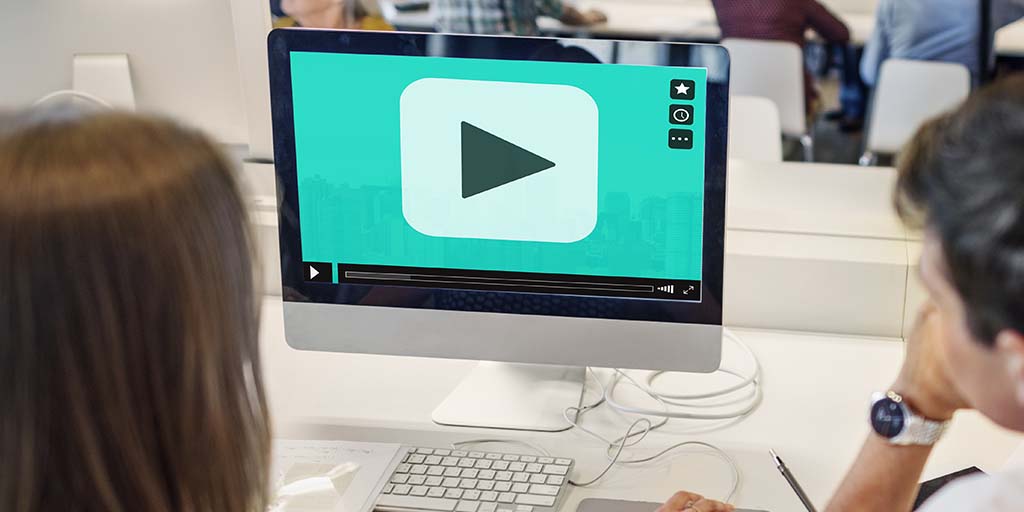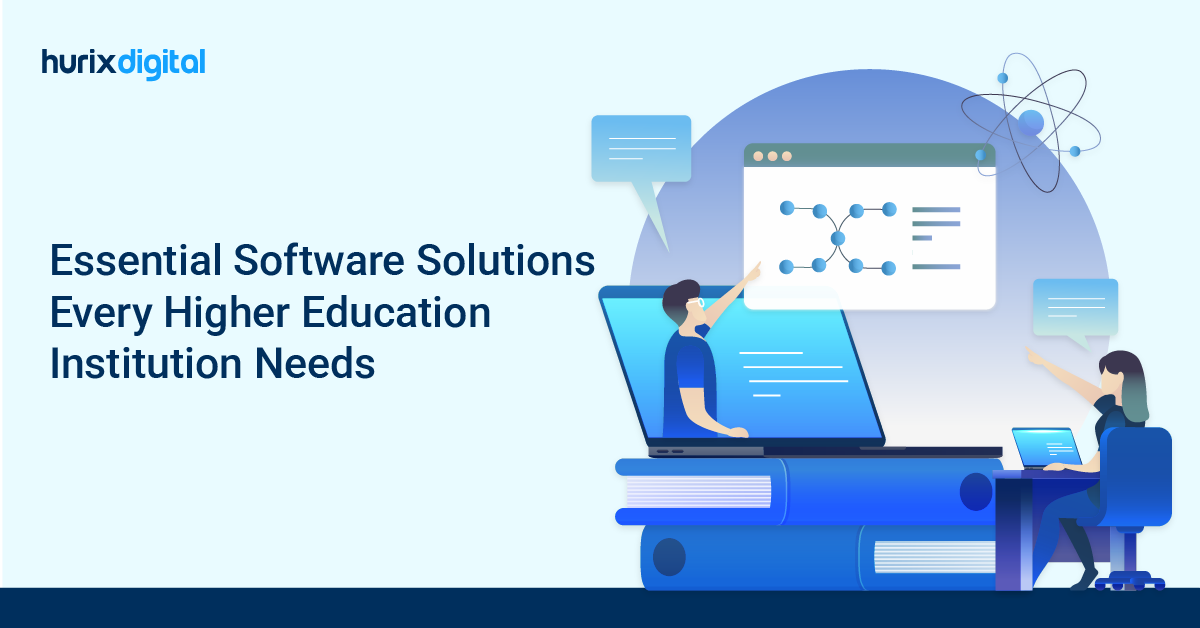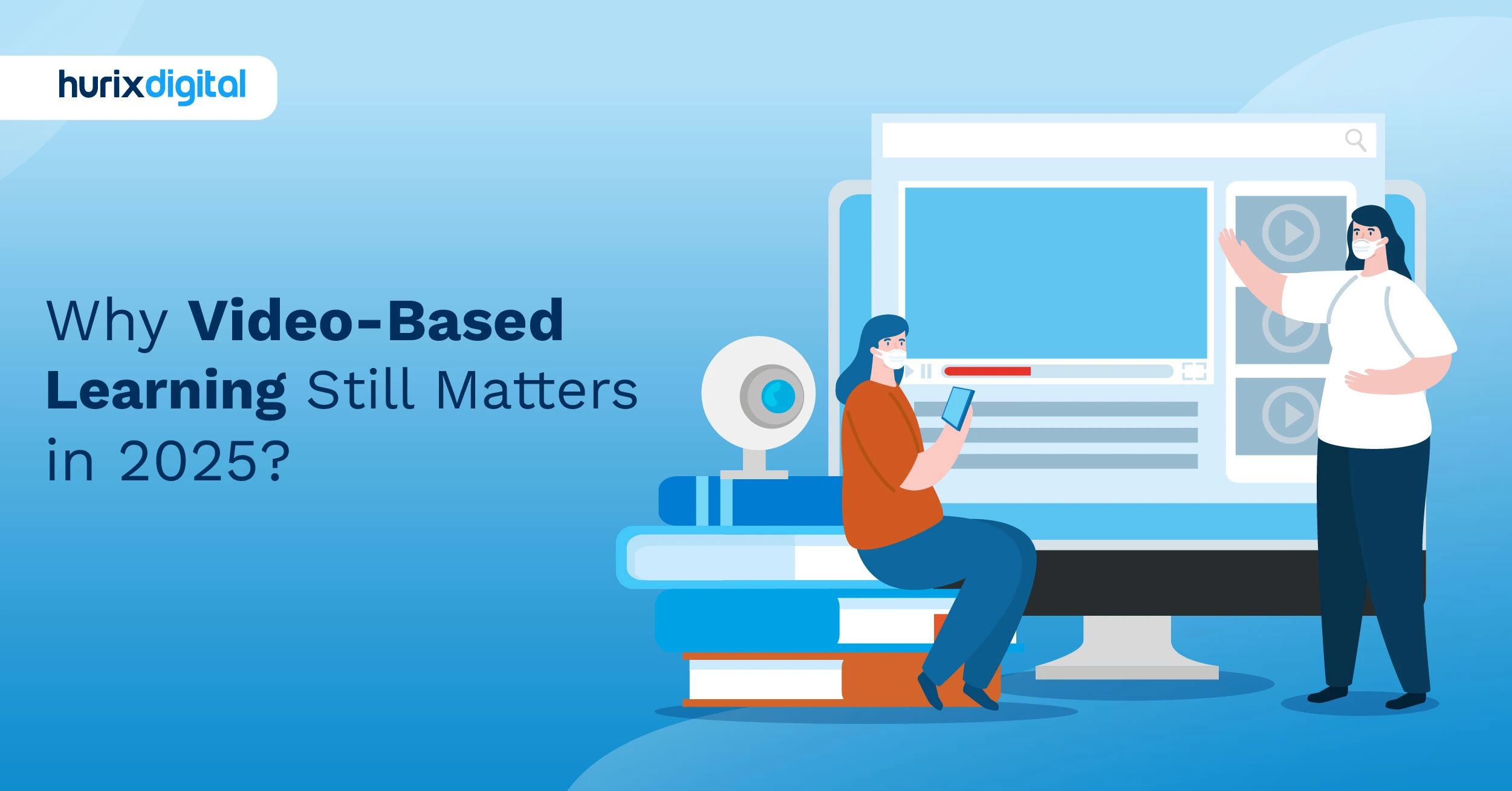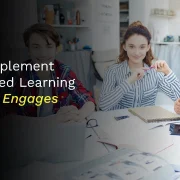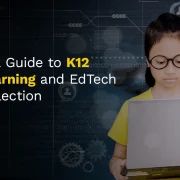
All About Video Learning Formats and Its Impact on Real-Life
Wondering whether you should invest your time and energy in implementing video-based learning? Fret not. This article answers all your questions about video-based learning. By the end of it, you’ll be able to make up your mind.
Let’s begin!
Table of Contents:
- What is Video-Based Learning?
- Why Use Video Learning for Higher-Ed Students?
- Video Learning Formats and Types
- Real-Life Examples of Video-Based Learning Success
- Conclusion
What is Video-Based Learning?
Video-based content is engaging and attractive by its very nature. Take YouTube, for example. For the same reason, it has billions of active users worldwide. Before the advent of e-learning, textbooks were the staple of classroom-based teaching.
Things have changed now. E-learning necessitates the use of interactive content, without which learners can quickly lose interest. Video-based learning in higher education holds students’ attention in a way that other learning formats cannot.
For this reason, video learning isn’t just a passing trend. It has immense benefits, which will be revealed later in this article.
Also Read: Microlearning Videos – To Cut a Long Story Short
Why Use Video Learning for Higher-Ed Students?
Solid research supports the benefits of video learning. In one study published in February last year, researchers found that videos facilitate higher education learning. This study pooled a massive sample of 7,776 students.
Furthermore, according to a survey conducted on 1,673 students, 79% of respondents reported watching videos to identify practical applications of a subject and gain a better understanding of the topic. Most of these students found videos through the college library, Google, or YouTube.
What are their expectations with video-based learning? They search for videos that not only hold their attention but also quickly answer their questions. They are also more likely to watch a video if the speaker is charismatic.
You don’t have to replace your existing teaching methods to incorporate videos, at least not entirely. However, they should be embedded throughout the e-learning course strategically. Creating an entire video course is another alternative. There are significant benefits of video learning in higher ed.
1. Deeper Understanding of the Concepts
Case Study :
HurixDigital Delivers Textbook and Online Solutions with 100% Content Accuracy
Including videos in higher education stimulates multisensory learning. Watching a video engages more than two senses. A video typically contains text, audio, and pictures.
Because so many senses are involved in watching videos, your brain forges more cognitive connections. Therefore, when learners watch them, they gain an in-depth understanding of the concepts being taught.
Video learning enables deeper comprehension and retention of knowledge. Research indicates that the human mind can process video-based content 60,000 times faster than text-based content. Why is that?
It’s because of how the brain works. Reading text, for instance, requires the brain to process the information more “actively.” As you navigate the text, the brain analyzes, interprets, and predicts by working through every bit of information presented.
On the other hand, the brain takes a more “passive” approach when you watch a video. You’re still learning, but it’s sort of hand-held and automated, making it easier for the brain to process the visual and audio information.
There are various methods of incorporating video learning into your e-learning curriculum. Animated explainer videos, for example, can help you explain the most complicated or abstract concepts in a fun and engaging manner.
You can make educative animated videos on topics such as space (wormholes, black holes, gravity, etc.), medicine, climate, human psychology, and so much more.
2. Enhanced Learning Experience
Videos don’t necessarily have to be something that learners passively watch. You can create and incorporate interactive videos, too. What are those? Let’s understand with an example.
If you wish to enhance your students’ learning experience, try video-based branching narratives. In such videos, students are prompted with different scenarios. With every decision they make, a new plot unfolds. Therefore, each student watches a different set of videos.
Since they are responsible for making all the decisions throughout the video, they are naturally attentive, focused, and engaged.
As mentioned, video-based narratives are great for providing an immersive learning experience. In this format, students aren’t just watching the videos but interacting with them. Corporate compliance training programs utilize this content strategy.
Higher ED institutions can also benefit greatly from this. Pick some subjects or topics that are typically very dull to teach and understand (which is why they’re used in compliance training) but extremely important at the same time. Use narratives to enrich the video learning experience.
3. Rapid Delivery of the Course
Today, higher education institutions can launch the video-based learning format in no time. You can get experienced industry professionals to create highly effective videos for your students without setting your budget on fire. How incredible is that?
Think about it. Without modern digital content solution providers, you’d have to hire subject matter experts, in-house content creators, etc., which would have been a great option if it didn’t burn a hole in your pocket.
These videos aren’t just a bunch of pictures haphazardly put together. They are highly engaging videos customized to your goals and objectives.
4. Wider Accessibility of Content
You’re teaching a generation of mobile-first users. As a higher ED institution, it’s vital to make your content accessible on various mobile devices, including smartphones and tablets, that your learners are accustomed to.
Most e-learning professionals strive towards optimizing their content for both large (smart TVs and desktops) and small screens. Guess which e-learning format can be easily accessed across all devices? That’s right – video content!
For example, you can create bite-sized videos that students can access anytime, anywhere, and learn at their own pace. Video learning helps you achieve that.
Video Learning Formats and Types
Video learning is presented in different formats to meet learners’ needs and styles. Each format provides different benefits, making video-based learning flexible and interactive.
Let’s look at these formats:
1. Explainer Videos
Explainer videos use animations, infographics, and other visuals to explain complex topics clearly and concisely. They are best for introducing concepts quickly and effectively.
2. Tutorials and How-To Videos
Step-by-step instructional videos work well in teaching processes, from STEM learning to software training. This format has become quite popular on social media platforms for practical learning and skills.
3. Microlearning Videos
Microlearning videos are videos that contain specific knowledge and are under 5 minutes long. They are ideal for busy learners and are used a lot in corporate learning or through mobile apps.
4. Recorded Lectures or Webinars
Recorded lectures provide flexibility so that learners can revisit sessions at any time. Webinars often include live interactions with recorded sessions for better accessibility.
5. Interactive Videos
Interactive videos involve learning with quizzes, links, infographics, clickable options, or real-life scenarios. This is very popular for active participation in corporate training, educational learning, and eLearning platforms.
Real-Life Examples of Video-Based Learning Success
Consider these case studies and understand the essence of video learning:
1. Hurix Digital’s Accessible Math Videos for K12 Students
Hurix Digital developed accessible math videos covering grades K through 12 for a leading provider of K12 online education. These math videos featured interactive elements to help the various needs of learners, thus significantly improving students’ engagement and understanding of math.
2. Duolingo – Language Learning Simplified
Duolingo integrates video learning to teach languages through interactive animations and real-life conversation scenarios. Millions have successfully learned a new language using its highly engaging video modules.
3. Walmart Corporate Training
Walmart introduced VR video training on customer service as well as other operational issues for their employees. Because it’s an interactive learning module, the retention value was higher, as well as better performance at the workplace.
4. Healthcare Industry Training
Video simulations are very common in the medical field to train on surgical procedures or emergency response training. For instance, Johns Hopkins used video modules for training staff on infection prevention techniques and thereby improved the outcomes of patient care.
Also Read: Why EdTech Security is the Need of the Hour in K12 Education?
Conclusion
Video-based learning is unlike any other format. It combines audio, text, and graphics to stimulate multisensory learning. When it comes to online learning, videos are quickly gaining a foothold. Not only do learners gain a deeper understanding of concepts, but they are also able to retain them more easily.
Based on your video learning objectives, you can incorporate animated explainer videos, interactive narrative-based videos, or even simple how-to videos in your higher ed curriculum. The best part is you don’t have to accomplish all of this yourself.
Instead, you can hire experts like Hurix Digital professionals to create video-based e-learning content for you. Doing so is highly cost-effective as well. Not to mention, your students can access it across multiple devices.
Learn more about video learning formats so you know exactly why you should use it!

Senior Vice President
A Business Development professional with >20 years of experience with strong capability to sell new solutions and develop new markets from scratch. New Market Entry Specialist with experience working in the largest emerging markets. Exceptional experience in conceptualizing, ideating and selling new learning technologies like VR AR, etc. across multiple industry verticals.

